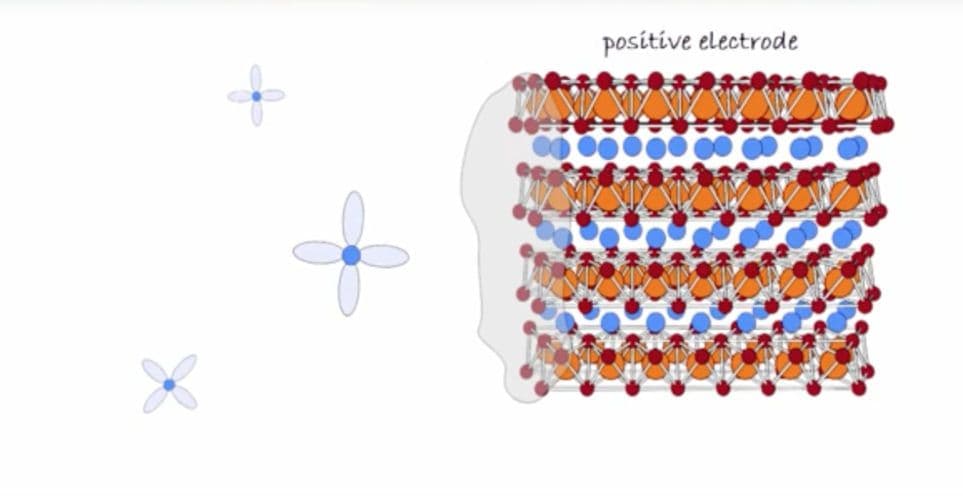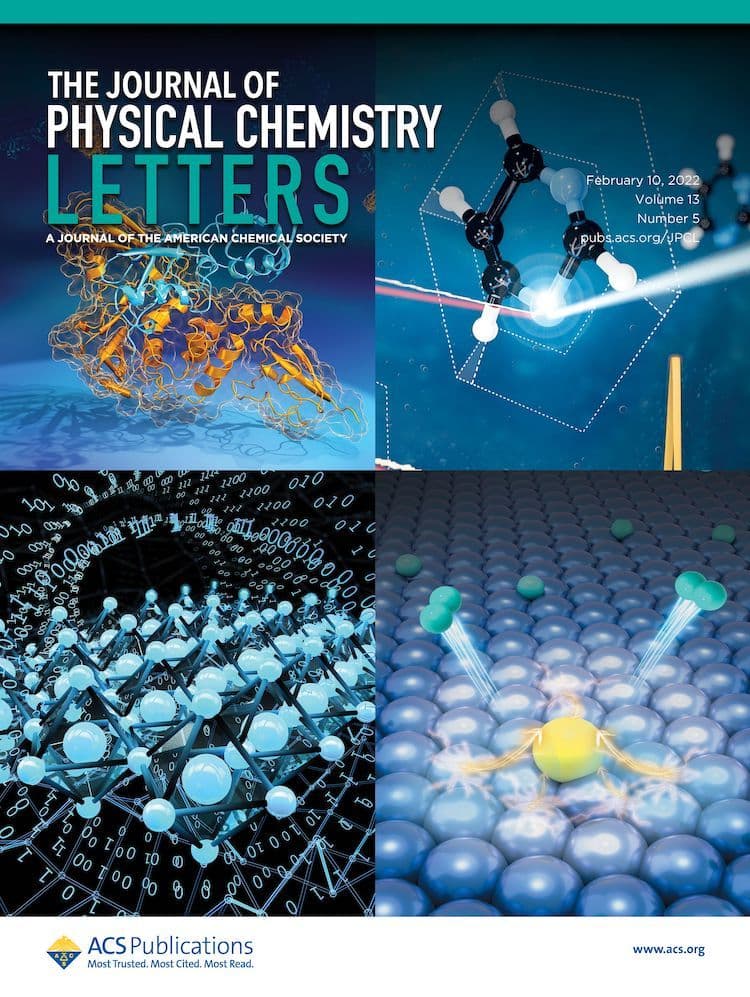Longer-lasting batteries would be a boon to humanity, helping both the environment and our equipment budgets. One roadblock, however, is that common lithium-ion batteries aren’t as well understood as you might think. Researchers have been studying their electrode/electrolyte interface (EEI) for 40 years and questions still linger about how certain compounds form in the EEI, […]

Longer-lasting batteries would be a boon to humanity, helping both the environment and our equipment budgets. One roadblock, however, is that common lithium-ion batteries aren’t as well understood as you might think. Researchers have been studying their electrode/electrolyte interface (EEI) for 40 years and questions still linger about how certain compounds form in the EEI, as well as how those compound influence EEI layer properties. This is especially true regarding EEI layers for positive electrodes.
In this video, based on an article in The Journal of Physical Chemistry Letters, Magali Gauthier, a postdoctoral associate at MIT in the Electrochemical Energy Laboratory, explains the state of research in the EEI in lithium-ion batteries and why understanding reactions at the EEI is essential to developing strategies to enhance their cycle life and safety.

